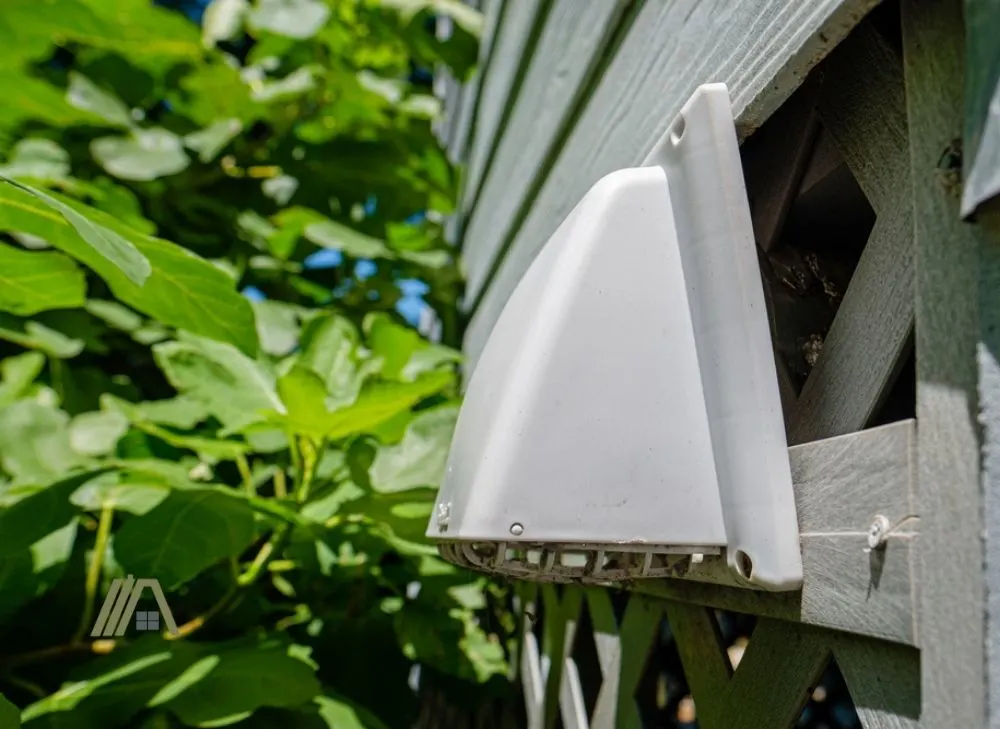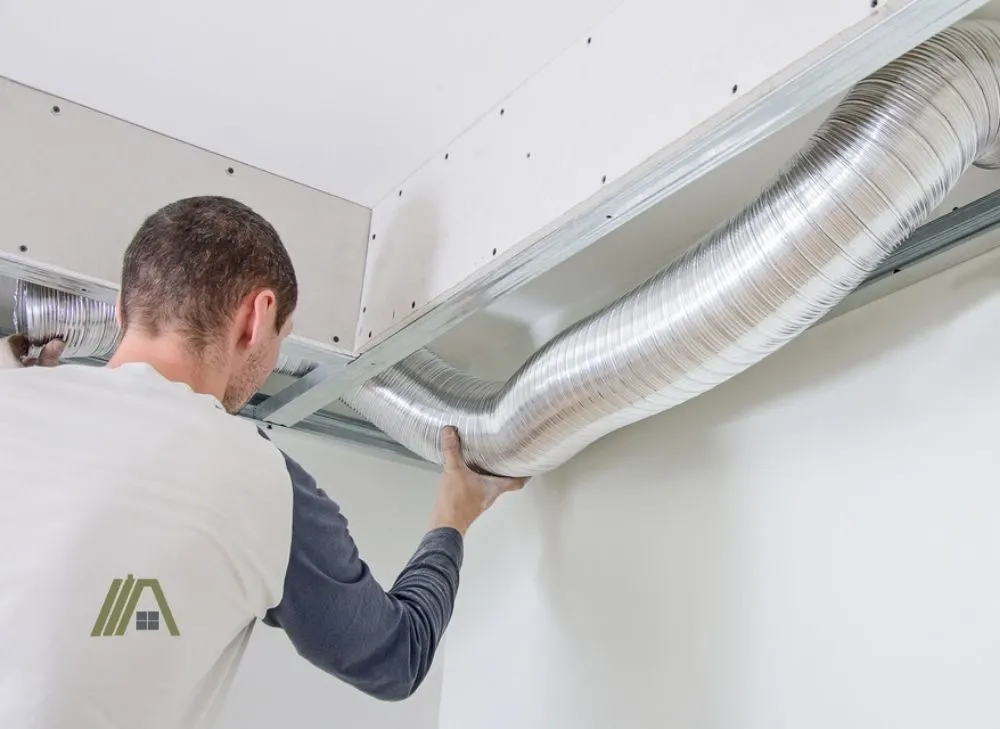The process of installing ventilation for a dryer is a long one and can be quite difficult. If you are in a situation where you must set up the ventilation system for your dryer, it is perfectly understandable to wish you could just vent the exhaust indoors.
This is not a viable option, though. Indoor dryer vents are against code in many places, including Ontario, Canada, and they can also have adverse effects on your health and your home. But does “against code” equal “against the law”?

Indoor dryer vents are against Ontario Building Code. These are equivalent to laws, but violations have lesser penalties; fines until rectification as opposed to jail. But there are health and safety risks linked to the use of these kits, so it would be best to avoid them even if they were legal.
Code Says Dryers Must Discharge Outdoors
If you reside in the Ontario area, the best reference to utilize when discussing the legality of venting, as well as most other building-related topics, would be The Ontario Building Code.
Section 6.2.3.8. (19) of The Ontario Building Code states:
“Exhaust ducts or vents connected to laundry-drying equipment shall discharge directly to the outdoors.”
This section explicitly states that exhaust from laundry systems cannot be vented indoors and must be vented directly outdoors.

There are no exceptions to this rule, meaning that, if you were to vent your dryer exhaust indoors in Ontario, you would be violating the building code.
While indoor dryer vents have the word “vent” in the name, they would actually be far more aptly referred to as indoor dryer lint traps. All they do is remove lint from the dryer exhaust. The air itself, with all its moisture and heat, is emptied straight into the room.
Using an indoor venting kit is like using a ventless gas fireplace. You can understand the idea behind it, but the execution is fundamentally flawed.
Is It Illegal to Break Building Codes?
You may think to yourself that breaking a building code is certainly not as extreme as breaking a law. While this is, for the most part, true, building codes are technically laws.
Unlike the National Building Code of Canada, where a particular jurisdiction must first adopt this code in order for violations to be considered illegal, Ontario’s building code is adopted and specific to Ontario and is therefore legally binding in that province.
Although this code is considered law in Ontario, you surely won’t be jailed for venting dryer exhaust indoors!
The most common way to deal with non-compliance with building codes is through fines. If the issue isn’t fixed within the period given to you, more fines will be charged.
Being found guilty of violating building codes is not likely to profoundly change your life. However, fines are a nuisance and can impact your financial stability. It is much easier to vent your dryer exhaust outdoors to follow building codes and for a variety of safety and comfort reasons as well.
Why Must Dryers Vent Outdoors?
Even if you are willing to risk a couple of fines if your non-compliant ventilation situation happens to be discovered, I strongly recommend you to reconsider for the sake of your health and the integrity of your home.
Venting indoors creates health and structural risks such as those below.
- If your dryer is a gas dryer, this exhaust would contain carbon monoxide (CO), which is deadly in high concentrations. Even manufacturers of indoor dryer vents, who are clearly not too concerned with homeowner safety, clearly state that their products should not be used with gas dryers.
- Since dryer exhaust contains moist air, mold can grow. Mold is quite noticeable, unclean, and difficult to remove. You may have to hire a service to remove large quantities. It can cause allergy symptoms and cause asthma attacks.
- Moist air can also damage a wide variety of items in the home, including electrical damage, destruction of paper products like wallpaper, and warping of wood.
- Dryer exhaust also contains lint. Lint is a hassle to clean. It is also a fire hazard, especially in areas where there is an open flame (kitchen).
- Air quality is affected by hot, humid, chemical-containing air, which can even be released by electric dryers that don’t produce CO.
- Humid air is more stagnant and allows for dust, mold, pollen, and other pollutants to get trapped in this air, causing allergy symptoms and asthma attacks.
- Fabric softener and dryer sheets may contain a chemical called benzyl acetate, which can cause respiratory problems.
- Other chemicals in dryer exhaust can cause nausea, dizziness, and headaches.

- Venting dryer exhaust indoors may affect house sales. Potential buyers may notice the effects above and may discredit the home for this, diminishing their interest in your home.
What About Ventless Dryers?
Seeing as ventless dryers do not require ventilation, any building code controlling ventilation would not apply. If you would like to avoid venting your dryer exhaust outside, a ventless dryer may be perfect for you.
It is important to understand the pros and cons of ventless dryers before fully committing, though.
| Pros | Cons |
| You won’t have to worry about ventilation. | They are more expensive on average. |
| Ventless dryers are easy to fit in most areas of the home. | Drying cycles are often much longer than in vented dryers. |
| They require less maintenance (no duct cleaning, less lint trap cleaning). | They often have a smaller load capacity. |
| Ventless dryers are more energy-efficient. |
